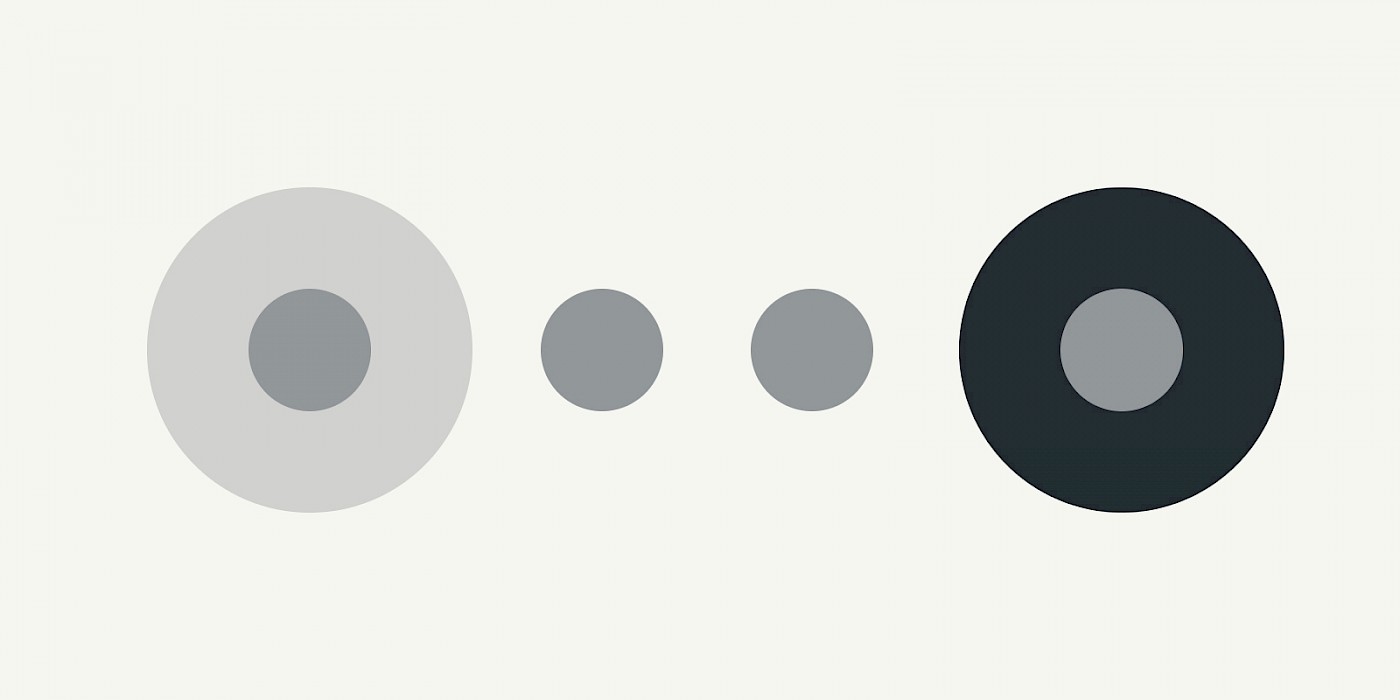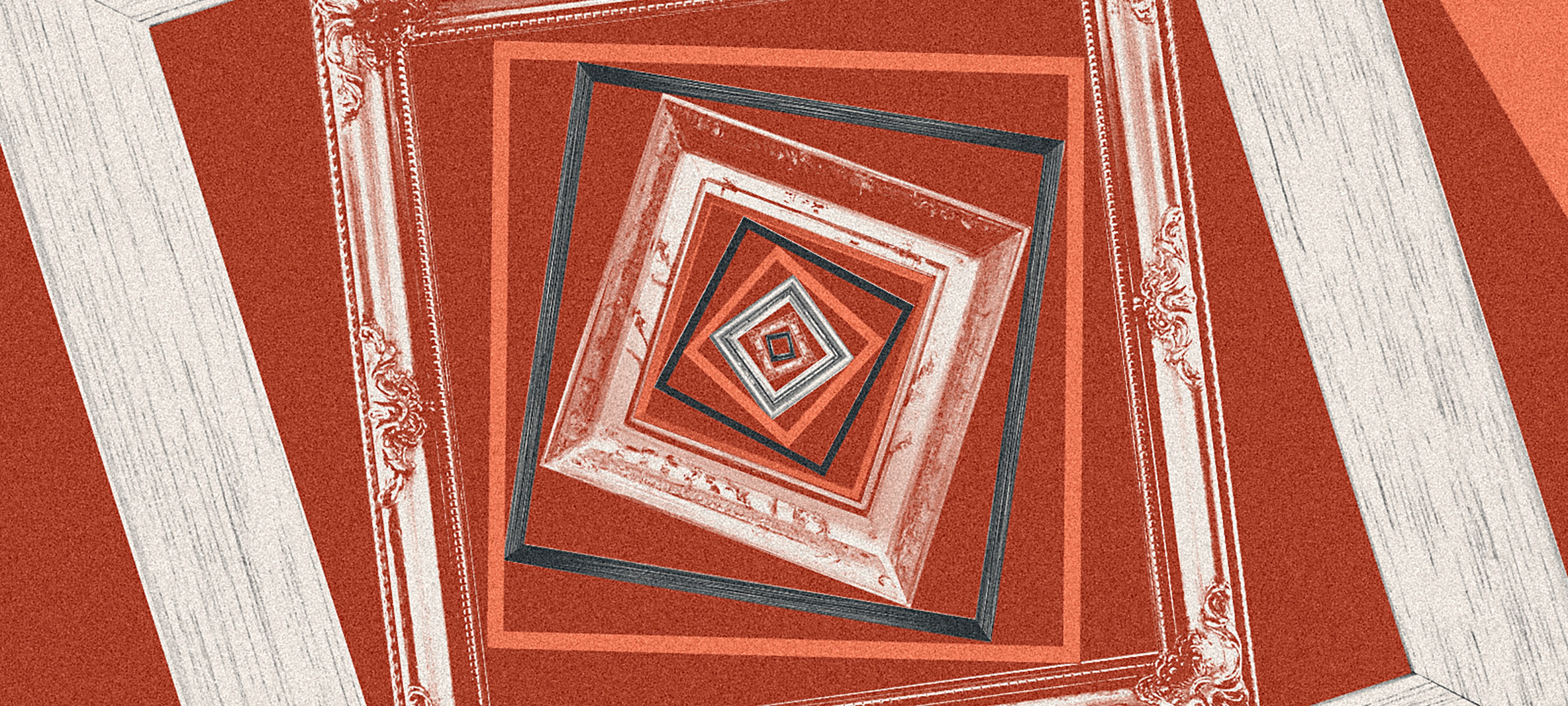Are you Coke or Pepsi?
I bet you had a gut response to that question. Two fizzy brown sugar water drinks. What makes each one different? Red versus Blue. Script versus circle. It’s the Real Thing versus Refresh the World. Yes, I realize they taste different. You might think one is “better.” But that’s all part of the experience. Your view of the product is influenced by the brand, and the brand is influenced by your view of the product. They are inseparable. Brands connect physical (or digital) things to the mental pictures of what they stands for in our minds.
Let’s assume you’ve got a great product. How do you create the right mental picture?
Your Brand Is Frame
We see brand design as creating a frame around a product. Objectively, two products can be the same, but the brand around them changes the perception of the product. This is why people are willing to pay more for “name brand” things. It’s the reason Starbucks costs more money than Kirkland beans (even though at least some of it is actually made by Starbucks).
Your “frame” is everything from your positioning (what niche you’ve carved out for yourself compared to peers) to your message (what you say and how you say it) to your logo (your visual signature that represents your brand). All of these things work together to color the product within. Check out the illustration below. Both the of the middle circles are the same shade of gray, but the outside frame changes how they look. So it goes with a brand.

Your Brand Frame Creates Value
The idea of a brand as a frame solves the tricky question of brand equity (the value a brand brings to a company). The frame provides the background that increases the perceived value of something and its ability to generate more revenue than a competing product. Back to fizzy drinks: many people wouldn’t be able to tell the difference between off brand and name brand, but people are still willing to pay more for it. That extra price margin is exactly the value of branding.
This all holds true for non-physical brands, too. Especially when the service is intangible (like networks, content, or SaaS products). Sure, some software or news reporting is measurably better. But in many cases, there’s nothing to compare but brand. Keep that in mind: today, a product and a brand are inseparable. They are each other, a binary star system with each element reinforcing the other.
Today, a product and a brand are inseparable. They are each other, a binary star system with each element reinforcing the other.
Build Your Frame Early
Even if you’re a founder with a completely new idea, you will have competitors some day. You can large and special (like Apple). You can be large and not special (like Cascade detergent). But in many cases, you’re going to be small. A great brand is what takes a company from small and not special to incredible. I know which one I’d want to be.
Let’s get that frame built now. You’ve got a huge head start on the competition to set yourself apart. Make your brand strong enough, and people might stop worrying about comparing the product at all and start buying your brand. That’s an enviable position to be in.
Oh, and the answer to the first question is obviously Diet Coke (if you’re going no cal) and regular Pepsi (if you’re going full leaded).
